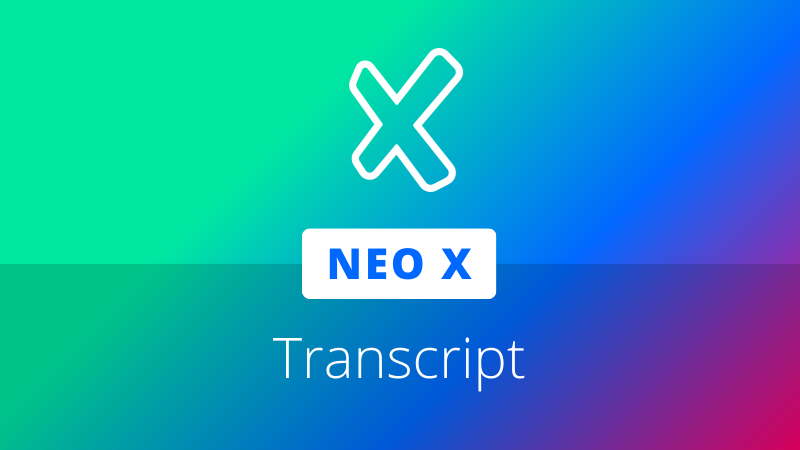
Neo recently hosted an AMA on its Telegram featuring Dr. Guil Sperb Machado and Anna Shaleva to explore the current advancements and future initiatives of the Neo X EVM sidechain. The session featured a giveaway of US $100 in GAS, distributed to community members who contributed questions.
During the AMA, Guil and Anna tackled a variety of topics. They provided updates on the current state of Neo X, discussed its performance metrics, and elaborated on its unique advantages over other EVM-compatible chains. They also touched on strategic plans for Neo X, including enhancements in governance and upcoming features designed to optimize user experience and expand the platform’s capabilities.
Guil is a Neo Council member and founder of AxLabs, while Anna is a Neo core developer and engineer at Neo SPCC.
The full transcript is below.
Sam: Hi chat and welcome to a special AMA with the Neo X team! It is my pleasure to introduce you @gsmachado, who is a Council Member of Neo, and @AnnaShaleva, who is the Neo Core developer!
Hi @gsmachado and @AnnaShaleva, thank you for joining us today, would you please introduce yourself to the chat?
Guil: Sure! Most of you probably already know me, I’m Guil, Council Member of Neo and founder of AxLabs. 👋
I’m a builder and researcher (Ph.D.), and I’ve been contributing to the Neo ecosystem since 2018 by driving innovation, building tooling, and helping shape its governance as a Council Member.
I’m also one of the main drivers of Neo X, leveraging my experience in the EVM ecosystem over the years. Happy to answer your questions! Follow me on https://x.com/gsmachado for more Neo and blockchain things.
Anna: Hi everyone, I’m Anna, a part of the Neo Core development team and one of maintainers of the NeoGo node since 2019. I’m also one of the Neo X core developers mainly responsible for the node implementation itself and dBFT consensus integration part.
It’s a pleasure to participate in this AMA session, and if you have any more questions, then contact me on https://x.com/Anna_Shaleva.
Sam: Thank you @gsmachado and @AnnaShaleva, for that quick introduction!
Chat, if you’d like to learn more about Neo X, do check out these links below. Follow the team on Twitter and join in on conversations about Neo X via their Telegram channel.
- Website: x.neo.org
- Development Doc: xdocs.ngd.network
- Governance Page: xgovernance.neo.org
- Bridge: xbridge.neo.org
- Explorer: xexplorer.neo.org
- Faucet: neoxwish.ngd.network
Let’s jump right into the first segment of today’s AMA session. @gsmachado here’s our first question for you.
Q1: Neo X has been live for about 3 months. What is the current status of Neo X?
Guil: Hmmm, alright, let’s dive in.
So, Neo X has seen continuous progress since its launch.
The MainNet is running and currently at block 515k, with approximately 1.5k wallet addresses, over 8.2k transactions, and 565 contracts deployed — 118 of which are verified. Our dBFT governance is running smoothly with StandBy nodes, and we’ll soon open the registration for candidates to join the elected governance.
We’ve successfully completed internal and external audits, with reports available to the public. The native bridge is fully operational, supporting $GAS, and token transfers (NEP-17/ERC-20) are undergoing final testing.
Moreover, we’ve onboarded several key projects, including The Graph, Intersect, GoPlus, and ZNS, with more exciting partnerships and integrations on the horizon.
Actually, launching Neo X MainNet was not that easy. 🫣
Many think that forking an EVM chain and making a few adjustments is enough to get it production-ready, but that’s not our approach. We focus on building something sustainable, keeping the Lindy Effect that the Neo ecosystem prides itself on.
The teams at NGD, AxLabs, and NSPCC worked hard to adapt go-ethereum and lay the groundwork for more features (and projects) to be rolled out in the future.
Sam: Thank you for sharing the answer, and on to our next question for @AnnaShaleva.
Q2. What is the performance of Neo X in terms of maximum TPS, transaction fees, and consensus times?
Anna: As you know, Neo X node implementation is based on the Go-Ethereum project and existing dBFT consensus algorithm implementation made by NSPCC which is currently used as a NeoGo node consensus engine. Both Go-Ethereum node and consensus engine are highly efficient in terms of TPS. Our previous performance benchmarks of dBFT have shown the average value of ~50K TPS in a single NeoGo node setup and ~15K TPS on average in a four-nodes setup. Hence, we expect good performance results from the Neo X node.
Right now the Neo X node implementation is still under development, we’re preparing a major Anti-MEV protocol update so it’s too early to talk about the final network performance. Once the Anti-MEV extension is finalized, we’re going to set up a series of performance benchmarks and pay more attention to the node optimization. But right now I can tell that even with Anti-MEV extension enabled, we expect better TPS value than in Ethereum networks since we use a fast and reliable dBFT consensus mechanism.
Regarding the transaction fees and limits: Neo X has a slightly different economical model than Ethereum networks. In Neo X both block base fee and minimum required GAS tip cap are stored in the system Policy contract and configured by the network validators. Currently in both TestNet and MainNet both block base fee and minimum GAS tip cap equal to 0.00000002 GAS (20 Gwei) and GAS limit per block is still 30,000,000 GAS. Given some simple token transfer execution cost around 21K GAS, we’ve got around 1,400 transactions per block at max with the current settings.
Regarding block time: the block producing interval currently is configured to be 10 seconds in both Neo X MainNet and TestNet, which is lower than in the Neo N3 networks (15s). But we plan to make the block producing interval even shorter to reduce delays between transaction submission and processing and to improve user experience. It should be noted that thanks to our previous dBFT benchmarks, we’re sure that this change will not affect the consensus process stability or the network liveness.
Sam: Great! Thanks for sharing! I bet we have lots of audience members watching and supporting Neo X’s every step! @gsmachado the next question is for you.
Q3. Will Neo X replace Neo N3, and what is the long-term plan for Neo X?
Guil: Haha, oh, this is a frequently asked question. Every single conference I go to, people ask me this.
But, let me clear here: No, Neo X will NOT replace Neo N3 or Neo as a whole. Far from it.
Instead, Neo X should be seen as an addition to the Neo ecosystem. Neo X complements the powerful features of N3 by providing a gateway to the broader blockchain ecosystem, especially through its EVM compatibility.
The relationship between N3 and X is designed to be kind of “coupled”, part of the same ecosystem, enabling seamless asset movement between the two chains. This opens up exciting new opportunities for both developers and users, allowing us to meet EVM developers just as effectively as we already support C#, Java, Python, and Go developers.
In the long term, Neo X is aiming for continuous innovation. While maintaining EVM compatibility is inherently challenging due to the need to remain in sync with the broader EVM ecosystem, we are committed to pushing the boundaries of what’s possible.
Actually, our immediate focus is to bring projects on board that can leverage advanced features such as Anti-MEV protection and our dBFT consensus mechanism.
That’s why we have the Elevate program and other initiatives. 🤩
However, we’re not stopping there (in terms of features) — Neo X is designed to be a flexible, evolving platform. We are actively exploring areas like account abstraction, which can simplify the user experience, confidential computing to enhance privacy, and even faster block generation to improve scalability and throughput. But, hey, no promises here! 🫣 These are just some examples of areas we are considering as part of our long-term roadmap. 😅
While no specific promises are made, our goal is clear: 👉 Equip developers with the best possible tools and features at the base layer, part of the Neo ecosystem, empowering them to build impactful dApps that solve real-world problems. 🎉
Ok, I think I extended the answer a bit, but I think that touches some of the key points, @SamNeoBabe 🙂
Sam: That’s awesome! Just want to add one sentence, everyone can check the details of Neo X Elevate program via this link: x.neo.org/elevate
Q4: @AnnaShaleva What are the advantages of Neo X compared to other EVM-compatible chains?
Anna: First of all, it’s the dBFT consensus mechanism. It’s been proven by both Neo N2 and Neo N3 experience that dBFT is reliable and it’s also been proven by the benchmarks that dBFT is fast and has a lot of potential if we’re talking about the frequency of block acceptance. And which is more important, dBFT provides a single block finality which means that if the block is accepted to the chain, then the chain’s state is finalized at this height and no reorgs could happen. It also means that users don’t need to wait for dozens of confirmations to be completely sure that a transaction is accepted to the chain.
You may have noticed that currently in Neo X networks chain reorgs happen every block, but it happens not due to the block’s content changes; even after reorg the sealing content of the block remains the same, only validator signatures may be changed. It happens because we use “M out of N” multisignature scheme as a block signing scheme, that’s why sealed block hash depends on the particular subset (of size M) of validators’ signatures collected by every particular consensus node. Right now we’re working on the block signature scheme replacement to provide single sealed block hash finality.
Another advantage is the native bridge from and to the Neo N3 networks. Neo X has a set of system contracts and stand-alone bridging nodes responsible for bridging tokens from the Neo N3 network, so that the integration of Neo N3 and Neo X networks is seamless and opaque.
One more advantage is a flexible network governance scheme managed by a set of system contracts that allow users to elect network validators and get rewards for participating in elections.
And last, but definitely not least, is the Anti-MEV feature we’re currently working on. This feature allows network users to eliminate miner extractable value problems by encrypting their transaction content. It is based on the threshold encryption scheme and provides a single block finality for encrypted transactions in the same way as for the standard transactions. Most of the Anti-MEV extension is already implemented and is in the testing stage, we’re going to roll out this feature with the next major network upgrade, so stay tuned and keep tracking our development news.
Of course, we have more advantages, but I think that these are the major ones.
Sam: Great! There will be more things coming! On to the last question for this segment!
Q5. @gsmachado Since the launch of Neo X, no consensus nodes have appeared on the governance page. Could you explain why this is the case and when we can expect to see consensus nodes available for voting to earn GAS?
Guil: Oh, well… this is also another frequently asked thing. I laugh because this is the typical “WEN” question. 😂️️️️️️ 🤷♂️
So since the launch of Neo X, we’ve prioritized stability by initially operating the network through StandBy validators. What does it mean? StandBy validators are “temporary”, just to bootstrap the network — in simple terms.
These StandBy validators, including nodes managed by NGD, AxLabs, NSPCC, and Lazynode, were selected because of their involvement in the development and security of Neo X. We decided to keep going with the StandBy validators to ensure a stable consensus process while we finalize key features (like, Anti-MEV, dBFT stability, signatures to minimize re-org impacts) and ensure optimal network performance.
The transition to elected governance (and things appearing on the Governance page) is planned and will happen as soon as the network reaches a stable and secure state. We can’t be precise when this will happen, but we’re working hard to make this happen sometime in Q4. At that point, users will be able to vote for consensus nodes and participate in governance.
My last point, is: I encourage the community to stay engaged and consider registering a candidate node once the governance is open, where you’ll have the opportunity to contribute to Neo X’s future and earn GAS through participation. 🎉
Sam: Thanks for your answer!
Just add one thing about NeoSPCC report, here are some recent dBFT benchmarks @AnnaShaleva ’s team conducted: Up in the mountains: reaching 50K TPS with Neo and Under pressure: time-constrained dBFT.
Thank you @gsmachado and @AnnaShaleva for sharing your thoughts and answers with all of us. Once again chat, here below links to all things about Neo X!
- Website: x.neo.org
- Development Doc: xdocs.ngd.network
- Governance Page: xgovernance.neo.org
- Bridge: xbridge.neo.org
- Explorer: xexplorer.neo.org
- Faucet: neoxwish.ngd.network
Let’s move on to next segment – Twitter Questions!
As we move on to Segment 2, here’s a quick reminder.
@gsmachado and @AnnaShaleva has chose 5 questions from the twitter comments. They will be answered in this segment. The Twitter accounts who ask these question will get a share of $100 GAS prize pool.
Q1: Could be nice to hear about the N3 <-> NeoX bridge and future plans for it.
@gsmachado Could you help answer this one since I think you are more engaged on bridge development?
Guil: Sure! As mentioned earlier in this AMA, the native bridge is fully operational and currently supports $GAS. The next step is to enable token transfers (NEP-17/ERC-20), which are in the final stages of testing and fine-tuning. Once this feature is ready, tokens like $NEO and $FLM could be supported for transfers between Neo N3 and Neo X.
Looking ahead, we are discussing a process to allow additional tokens to be added through a registration system, managed manually by bridge governance members.
For instance, if a project on Neo N3 wants to enable seamless token transfers between N3 and Neo X, it would need to go through a registration process, meeting certain criteria. The bridge governance members would then evaluate and make the necessary decisions to enable the token on the native bridge. This careful process is necessary due to the risks associated with third-party token contracts that are outside of the core protocol’s control.
We’re also exploring message bridging, which would allow any data to be transferred between Neo X and Neo N3 smart contracts.
Given that bridges are often targets for security breaches, we are committed to rolling out these features cautiously and only after they have been thoroughly tested. So, we can’t promise “WEN” this will happen, but it’s on the horizon.
Sam: Yeah. Let’s move on to next question!
Q2: “How are security audits conducted for Neo X, and what role do bug bounty programs play in maintaining the security of the platform? Can you share any notable security enhancements discovered through such initiatives?”
@AnnaShaleva Please help answer this question
Anna: Neo X had a set of security audits performed by independent teams like Red4Sec, Secure3, and BlockSec, focusing on native bridge components, governance system, native contracts, consensus engine and the node code itself. These audits help identify vulnerabilities, ranging from critical to informational, including issues like potential denial-of-service, forgery and reply attacks and more.
All identified problems are addressed following best practices.
And the bug bounty programs complement these audits by incentivizing external researchers to report security flaws, further strengthening platform integrity. For more details, you can read the recent security audit reports. I’m not allowed to post links in the chat, but @SamNeoBabe could probably help me with that ☺️
Sam: You are able to post links now. Could you try again?
Anna: Here are some of the Neo X security audit reports:
Neo shares audit report from Secure3 for Neo X native bridge
Neo shares Red4Sec audit reports for Neo X governance system and native bridge
Sam: Great! Thanks for your awesome answer! Let’s move to next question!
Q3: “Do we have something like a official roadmap for Neo X? It would be good to know when we can expect the MEV resistance update etc.”
Let’s invite @gsmachado, our council member of Neo, to answer this question!
Guil: All of the “WEN” questions come to me! Come on. haha. 😂😂 Jokes aside, let me try.
Yes, we plan to release an official roadmap for Neo X.
Some features and milestones will have more precise delivery time frames, while others – particularly those related to research and innovation (with lots of unknowns) – will be presented with estimated time ranges.
Why haven’t we released it yet? Because it’s still under discussion, not just in terms of strategy but also regarding what is technically feasible in the short, medium, and long term.
Additionally, we view the roadmap as a living document that can evolve. Plans may change based on community input and shifts within the broader industry. 🙂
Sam: Thanks for clarifying! Let’s move on to next
Q4: “I’m curious what’s the plan with the partnerships mentioned pre launch and how they fit into a larger plan.”
@AnnaShaleva Could you help on this one?
Anna: Neo X’s pre-launch and ongoing partnerships are key elements in its strategy to grow and enhance the ecosystem. The platform has actively pursued collaborations to strengthen its infrastructure, expand its offerings across multiple domains and engage people and projects to join the network.
One significant initiative is the $20 million Elevate Program, which supports projects at different stages of development on Neo X. The program aims to onboard new Web3 projects and attract established solutions from other ecosystems. It provides funding across three tracks; this approach ensures that a variety of applications, including DeFi, GameFi, AI, NFTs, and decentralized social networks, contribute to a diverse and dynamic ecosystem on Neo X.
Key partnerships with projects like ZNS Connect, SubQuery, The Graph, Intersect, GoPlus and others aim to expand the technical capabilities and user accessibility of Neo X.
For instance, ZNS Connect offers a domain naming service for the network, allowing users to mint domain names with a “.neox” suffix, enhancing usability and identity management. Similarly, SubQuery’s integration provides advanced data indexing capabilities, improving data accessibility and developer tools within the ecosystem.
Neo X also targets partnerships that extend beyond traditional blockchain applications. For example, collaborations with projects in entertainment and AI-driven blockchain initiatives, such as Fansland for Web3 adoption in the entertainment industry, showcase its intent to drive innovation across multiple sectors, offering a comprehensive Web3 experience.
These partnerships fit into Neo X’s larger plan by providing technical infrastructure, financial support for projects, and driving adoption across different industries. The ongoing search for additional partnerships continues to be a core strategy for ensuring the ecosystem’s growth and robustness.
Sam: Great answer. Thanks!
Q5: “I understand NEOX has the advantage of MEV resistance and all the technical strength of $NEO blockchain, but are there any real practical reasons for any devs or projects from other famous chains such as ETH, SOL, BNB to come to NEOX?”
@gsmachado This question is for you!
Guil: Hmmm, yes, this is an interesting question. Let me answer by what I observe in the industry, with the experience of going to several conference out there.
While Anti-MEV might not be the only reason for developers to come to Neo X, I get it, it’s important to say that very few other chains are tackling this issue due to its complexity – which presents a significant opportunity.
Neo X offers technology that fosters a fairer ecosystem for DeFi, an appealing factor given how many protocols on other chains expose their users to MEV on a large scale, often without the users even realizing it. 🫣 😅
However, as I said during the AMA, we’re not stopping there. We’re actively exploring additional features (and partnerships) that will make the Neo ecosystem even more attractive for developers looking to launch dApps and innovative use cases.
@SamNeoBabe I hope I could answer the question. Fairness in DeFi is an angle that I judge important and will hopefully attract people to Neo X.
Sam: Thanks for everyone’s participation!
Note: Some edits have been made for formatting and readability.
The entire conversation can be found at the link below:
https://t.me/NEO_EN/286786
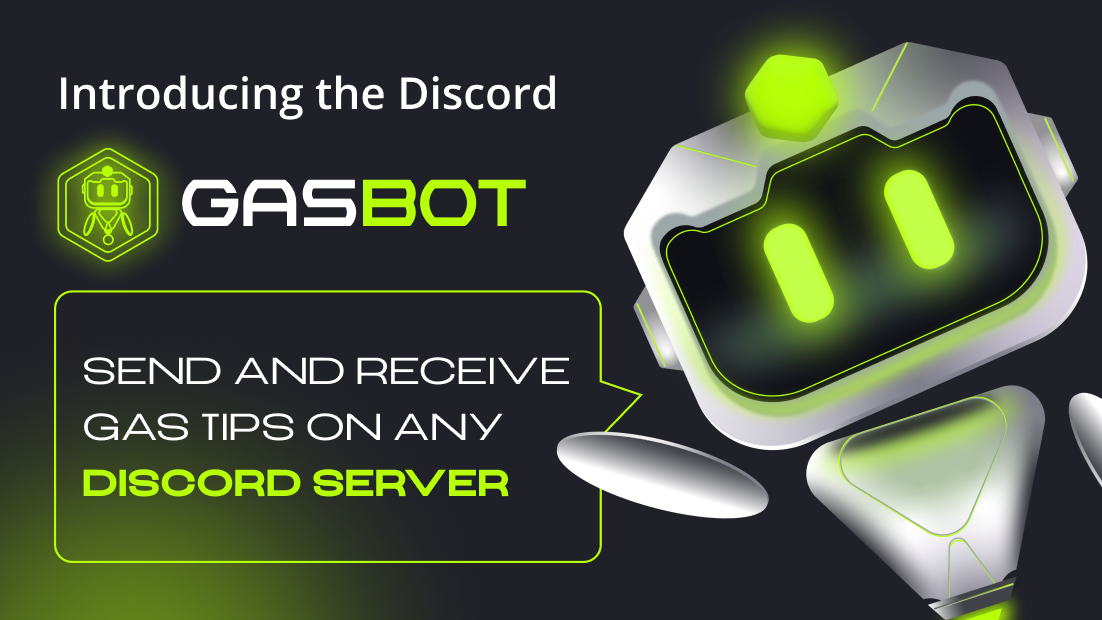


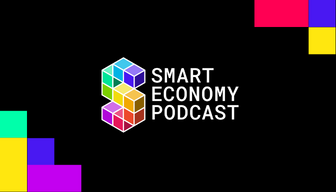

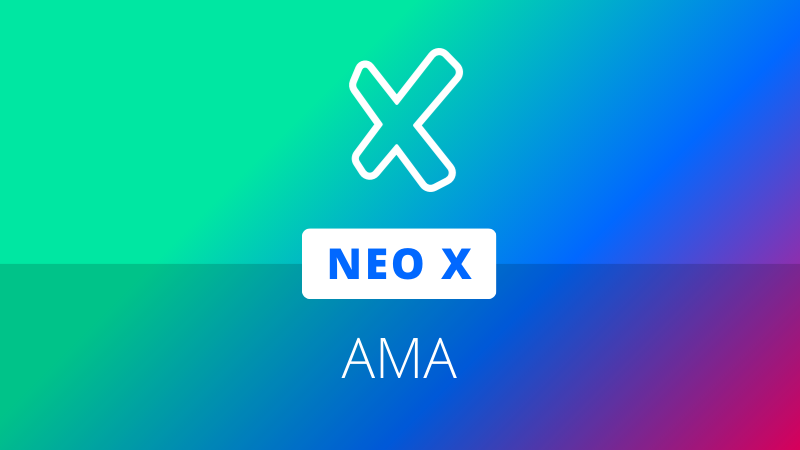
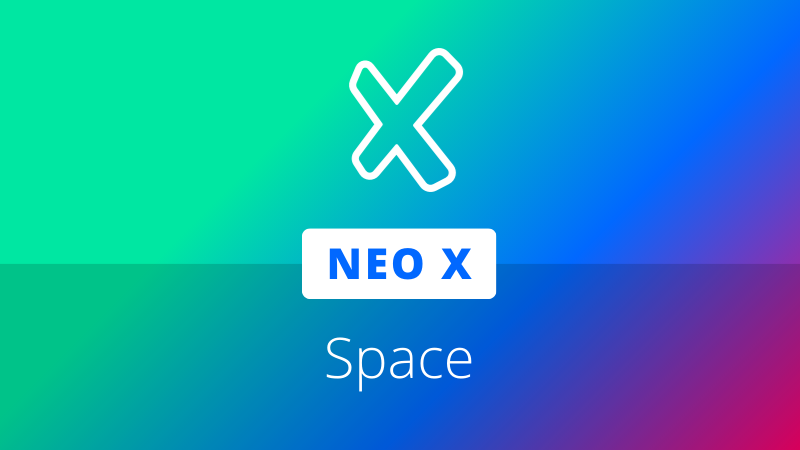
About The Author: Dean Jeffs
Dean is a digital project manager who has worked extensively with start ups and agencies in the marketing space. Fascinated by the potential applications of blockchain technology, Dean has a passion for realising the new smart economy.
More posts by Dean Jeffs